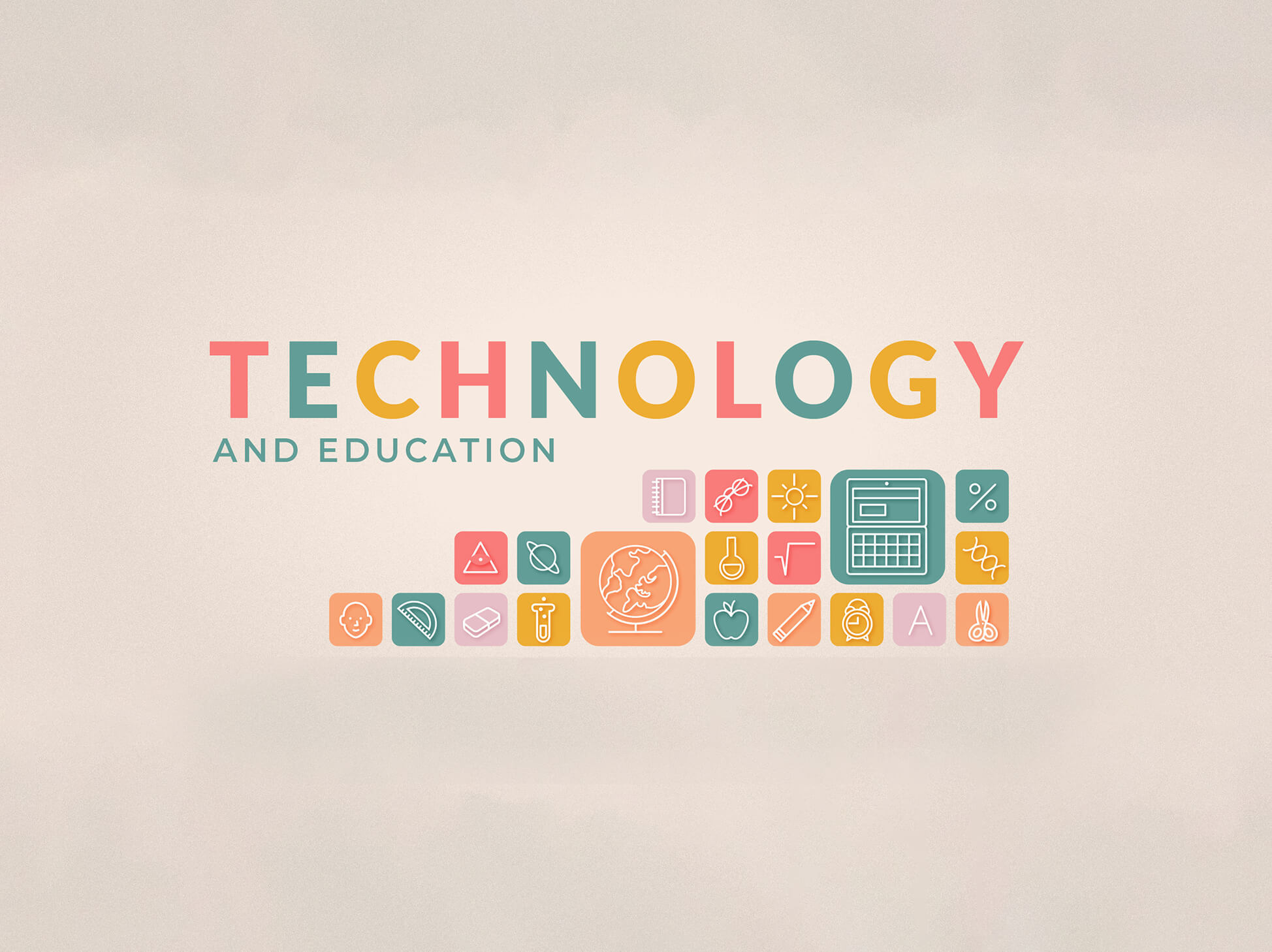Technology has become an integral part of our lives and has transformed the way we live and work. Similarly, it has also had a profound impact on education and has changed the way children learn. Today, technology plays a crucial role in helping children receive a better education and learn at their own pace. In this blog, we will explore the various ways technology has aided children’s education.
First and foremost, technology has made education more accessible. With the advent of online education, students can now learn from anywhere and at any time. This has particularly benefited children who live in rural or remote areas where access to quality education is limited. With online learning, students can access educational resources, attend virtual classes, and connect with teachers and classmates. This has helped level the playing field and has given children who were previously excluded from quality education an opportunity to learn.
Technology has also helped children learn at their own pace. With the use of personalized learning platforms and software, children can learn at a pace that suits their individual needs. This is particularly useful for children with learning disabilities who may struggle in a traditional classroom setting. Personalized learning technology provides children with a learning experience that is tailored to their unique needs and abilities.
Another advantage of technology in education is that it allows children to learn hands-on. With the use of virtual reality (VR) and augmented reality (AR) technology, children can experience real-world scenarios and environments without ever leaving the classroom. For instance, VR can take students on virtual field trips to historical or cultural sites, allowing them to experience and learn about different cultures and historical events in a more immersive way.
Finally, technology has made education more engaging for children. With the use of interactive multimedia tools, children can learn through visual and audio experiences. Interactive tools such as gamification and simulations can also make learning fun and engaging for children. This can help them retain information better and become more motivated to learn.
In conclusion, technology has revolutionized education and has had a significant impact on children’s learning. It has made education more accessible, personalized, hands-on, and engaging. As technology continues to evolve, it will continue to play an increasingly important role in shaping the future of education and helping children receive a better education.

